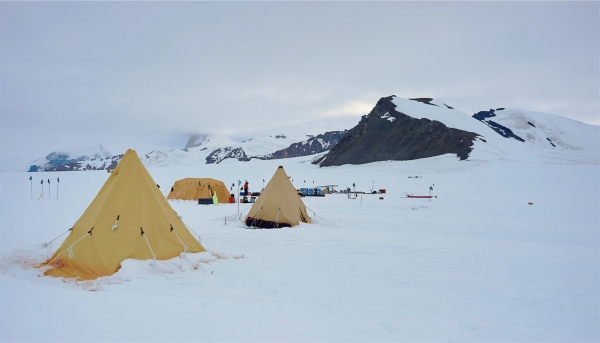The West Antarctic Ice Sheet is shrinking, with many glaciers across the region retreating and melting at an alarming rate. However, this was not always the case according to new research published last month (28th April) in The Cryosphere. A team of scientists from the International Thwaites Glacier Collaboration (ITGC), including two researchers from British Antarctic Survey (BAS), discovered that the ice sheet near Thwaites Glacier was thinner in the last few thousand years than it is today. This unexpected find shows that glaciers in the region were able to regrow following earlier shrinkage.
Sea level rise is already putting millions of people in low lying coastal communities around the world at risk from flooding. The contribution from melting Antarctic ice is currently the greatest source of uncertainty in predictions of how much and how quickly sea level will rise in the coming decades and centuries. Together with its immediate neighbour, Thwaites Glacier currently dominates the Antarctic contribution to sea level rise. To understand how this important glacier will respond to the climate changes expected in the coming century, scientists need to know how it behaves under a wide range of climatic conditions and over long timescales. Since satellite observations only go back a few decades in time, we need to look at the geological record to find this information.
Read more at British Antarctic Survey
Image: The field camp on Thwaites glacier where the team were based for drilling. Photo Credit: Greg Balco (Berkeley Geochronology Center)


